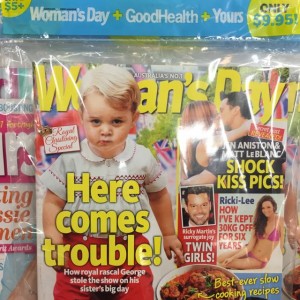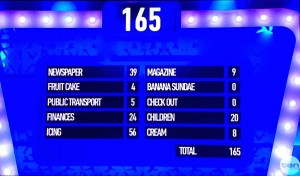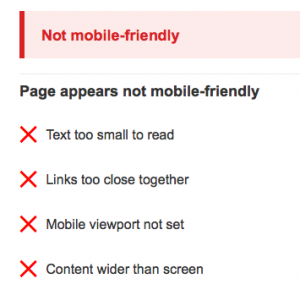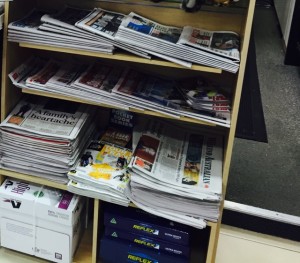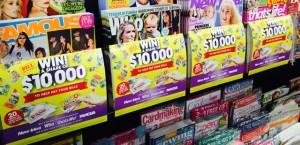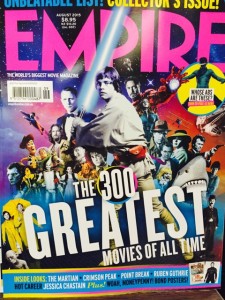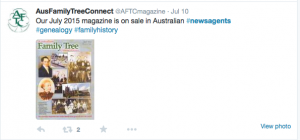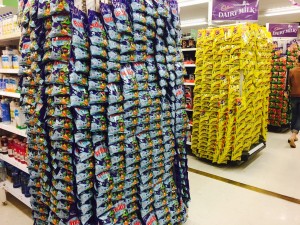The June quarter was tough newsagents. Sales in the core traffic driver of magazines declined more sharply than in recent quarters. Add to this the continuing decline in newspaper sales and we ought to be very concerned as the traffic from print media sits been at the core of viability for many newsagencies.
Cards, too, experienced a tough quarter with the majority of newsagents reporting declines as did lotteries.
Traffic is mission critical for our channel. With core traffic categories of papers, magazines and lotteries declining for many, the question has to be: what new traffic initiatives are you engaging with? Sitting by and watching the traffic decline and complaining about it is no plan. What new traffic initiatives have you engaged? Your answer is critical to the future of your business.
Here are the headline numbers for the benchmark study:
- Customer traffic. 77% of newsagents report average decline of 2.6%.
- Overall sales. 61% reported an average revenue decline of 3.1%.
- Basket depth. 65% report a 2.5% decrease in basket size.
- Basket dollar value. 232% report an increase in basket value of 3.8%.
- Discounting. 35% of respondents using a structured loyalty offer.
As has become common in the benchmark studies, the performance of the channel is not uniform. While there is bad news, there are many newsagents enjoying growth.
Benchmark results by key departments:
- Magazines. 92.9% of newsagents report an average decline (in units) of magazine sales of 9.1%. Weeklies lead the decline.
- Newspapers. 69.3% report average decline of 5.5% in unit sales. Capital city dailies lead the decline.
- Greeting cards. 57.9% of report an average decline of 3.9%.
- Lotteries. 55% report an average decline of 2% in unit sales.
- Stationery. 58.5% of newsagents reported an average increase of 3.5%.
- Ink. 29% of stores report ink separately. Of these, 62% reported growth of 4%.
- Gifts. Of the 83% in the offering gifts, 71% reported average growth of 6.8%.
- Tobacco. Of the 50% with tobacco, 75% reported an average decline of 6.8%.
- Confectionery. 52% of stores reported an average increase of 2.7%.
- Toys. Of the 32% toys, 69% reported growth of 7.2%.
Product mix shift. The shift in product mix I have seen recently continues. Ranges are expanding as is the average price point.
My own numbers off a good base, are: Books: up 586% and accounting for 2% of sales (thanks to adult colouring). Diaries: up 78%. Cards up 14% with Everyday Counter up 24%. Cards account for 25.44% of sales; Gifts up 45% and they account for 12% of sales, Magazines down 7% and down to 27% of sales from 34%, Stationery up 8%, Plush up 17% and accounting for 12.34% of total sales and Toys up 161% and now at 4% of sales. Traffic: down 2%; Average Sale Value: up 10%; Average Item Value: up 19%. Each of these key measurement points compounds on the other. Sales: up 11%. GP: up 15%.
My newsagency is in an outer suburban Westfield centre in Melbourne with around 300 stores including majors, a nextra newsagency, two Coles supermarkets, Wild, Typo, several large independent card shops and twelve gifts shops. We fight a tough battle. What we do in this business any newsagent can do. Growth is achievable.
NEWSAGENTS, IT IS YOUR FUTURE TO OWN
I urge newsagents to focus on traffic followed closely by margin (GP). Attracting new shoppers to your business is vital and guiding them to purchase items that have a higher margin (50% and more) is essential.
- New traffic can be found in gifts, plush, toys, homewares, fashion, ink and office furniture opportunities. You have to buy well and promote even better. More often than not your suppliers will not be traditional newsagency suppliers.
- Higher margin can be achieved if you have a consistently pitched loyalty program and carry items not readily available in other shops near yours.
We have more control over our businesses than ever before. What we do with this is up to us. The trends affecting us are obvious. As I note in the headline: our future is ours to own.
I worry that too many newsagents want to be told what to do. No one will do this, no one will tell you what to do. While they may provide options and ideas, what you do in your business is 100% up to you.
My advice to help you work out for yourself what to do is:
- Chase new traffic.
- Make your shop different to what is usual for a newsagency.
- Buy products for potential and not to stay within the boundaries you set for the business.
- Buy for your customers and not for yourself.
- Be a retailer first and a newsagent second.
- Most important: know your numbers and run your business chasing better numbers.
Please take this benchmark report as a call to action.
I’d be happy to comment confidentially on any individual situation.
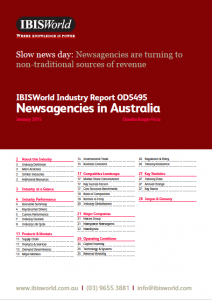 On a forum managed by the ANF, a copy of the IBISWorld Industry report OD5495 Newsagencies in Australia January 2015 has been published.
On a forum managed by the ANF, a copy of the IBISWorld Industry report OD5495 Newsagencies in Australia January 2015 has been published.